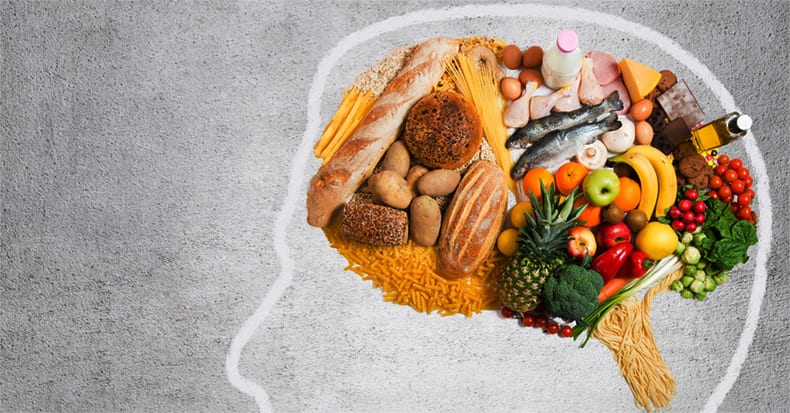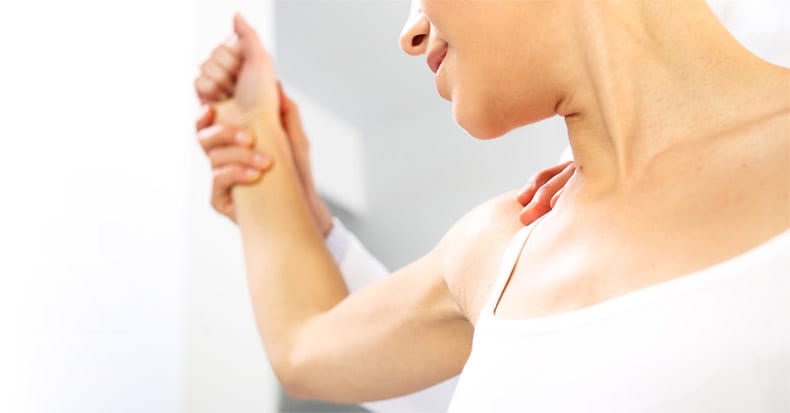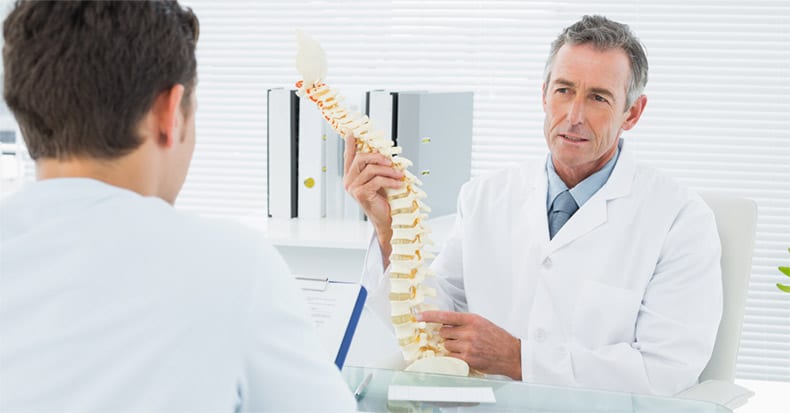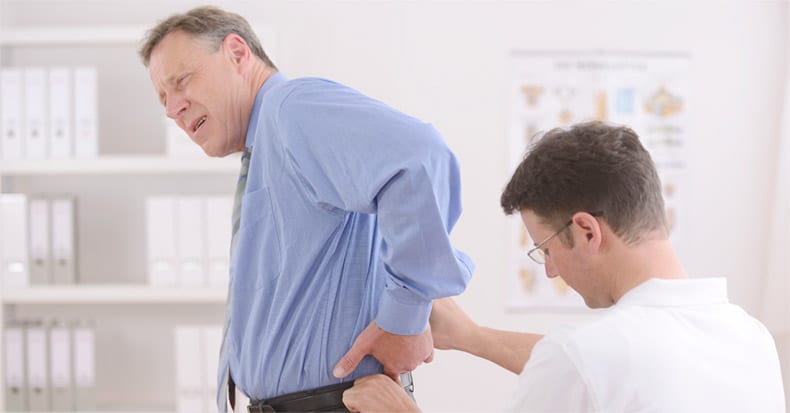Newest Articles
Shoulder pain is common. If fact, it’s highly likely that many of you reading this currently have or have had a shoulder injury, as studies suggest that about 90% of us will tear our rotator cuff, labrum, and/or capsule at some point in time during our lives. So why is this so common? More importantly, [..]
Though most patients with a whiplash injury improve within a few months, about 25% have long-term pain and disability that may persist for many months or years.
Now, a team of scientists from Northwestern Medicine Feinberg school of Medicine reports that it may be possible to determine which whiplash patients will develop chronic pain, disability, [..]
Gluten is found in wheat, oats, barley, and rye, and for those with Celiac Disease and non-celiac gluten sensitivity (NCGS), gluten can be very dangerous, even lethal. But many people opt to avoid foods containing gluten as part of an anti-inflammatory diet and there seems to be little-to-no argument that anti-inflammatory diets are indeed a [..]
Low back pain (LBP) affects about 80% of adults at some point in their life, and its impact on work, recreation, and overall quality of life can be devastating if it transitions into chronic LBP (low back pain that persists for more than three months).
So, is there really a simple remedy for chronic LBP [..]
According to a World Health Report, migraines are the nineteenth most common patient complaint worldwide with an 18% of women and 6% of men in the United States experiencing at least one migraine headache episode each year.
There is evidence that patients with migraines have an energy deficit disorder associated with their glucose intake. As [..]
Carpal tunnel syndrome (CTS) is a common condition that affects around 6-12% of the population and can result in significant pain and disability. The financial costs associated with CTS can be staggering – ranging from $45,000 to $89,000 per patient over a six-year period when productivity loses are taken into account.
Historically, doctors and researchers [..]
The term “jumper’s knee” was first coined in 1973 to describe an injury to the tendon that attaches the lower (most common) to the prominence (tibial tuberosity) on the proximal shin bone (tibia) or the upper pole of the knee cap or “patella” to the quadriceps femoris muscle.
Jumper’s knee is one of the more [..]
When viewing the human spinal column from directly in front or directly behind, it should be straight and without lateral (sideways) deviation. The health and function of the human spinal column is optimum when there is no lateral (sideways) deviation into the coronal plane. This concept is well-noted by Joel Goldthwait, MD, and well-reviewed by [..]
Whiplash injuries are very common and are primarily associated with car and rear-end collisions in particular. This is what happens when you’re rear ended…
1) At 0-50 milliseconds (ms): As the car is initially propelled forward, the seatback pushes the torso forward while the head remains in its original position, which straightens or flattens out [..]
There has been great debate over the years about the pros and cons of drinking coffee. The confusion is justified, as one study will report on the negative affects while the next will highlight its beneficial attributes. So here we go again, but this time, the focus is on whether or not the compounds found [..]
The RAND corporation is a well-known independent research organization located in Santa Monica, CA. The September-October 2017 issue of the Rand Review has an article titled Well-Adjusted (1). The article states:“Researchers led by Paul Shekelle, co-director of the Southern California Evidence-Based Practice Center at RAND, aggregated the results of more than two dozen prior studies on spinal manipulation.”“The study [..]
Low back pain (LBP) is a very common problem that many, if not most of us, have had at some point in life. In fact, about 80% of adults experience LBP in their lifetime, and it’s the leading cause of job-related disability and missed work days. According to the National Institutes of Health, more than [..]













